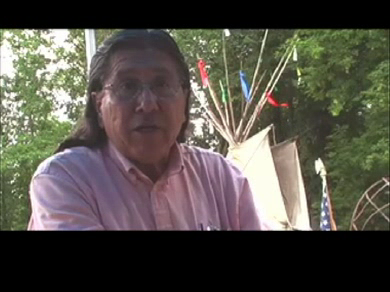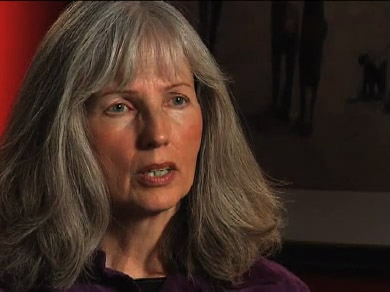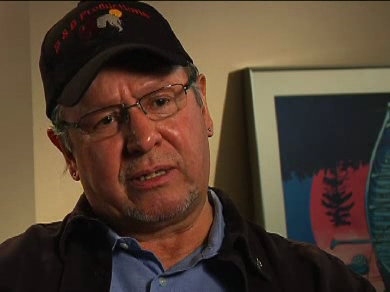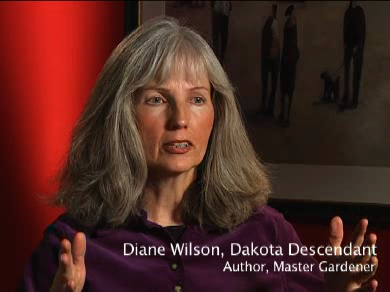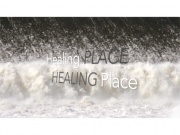Mnisota Makoce: A Dakota Place
The Dakota people have been intimately connected to the region within and beyond the boundaries of “Minnesota” for a very long time. But origin stories and events focus particular meaning on Mnisota Makoce. The Dakota language is written on the landscape of the Twin Cities, in place names from Mendota to Anoka. The language is one reflection of deep connection to this place.
This is a place where Dakota people started. We were here to greet the explorers and traders who arrived in the 1500’s. We were here to greet the soldiers who arrived in the 1800’s.
We were here to greet the pioneers who arrived when our land was taken in a series of treaties with the United States. In the 1860’s, we survived imprisonment in concentration camps and forced removal, and continue to know this place as our own. Today, we share our home with people from throughout the world.
The ceremonial sites used long ago are still used today. The places where our ancestors are buried are still honored today. The village sites where we lived and the rivers we navigated ; changed though they have been over the last 150 years; keep their place of importance in the hearts of Dakota people.
In this site, you can find out more about some of the most important sites in Dakota history, and share with us your own experience of these special places.
The videos to the right (in order left to right) provide some background to this website and to the subject of Dakota homeland.
- The first video (upper left) is a brief documentation video of the Cloudy Waters installation. Listen to hear the variety of ways to pronounce and translate the Dakota word/s Mni Sota.
- Chris MatoNunpa (upper middle) provides a translation to the Dakota word Mnisota, from which the English language name of the state comes
- Dave Larsen (upper right) discusses this place, the arrival of non-Native people in the ‘center of the earth and more
- Diane Wilson (middle left) author of the book, “Spirit Car,” discusses her discovery that her ancestors were from here, the Bdote area
- Ramona Stately (middle middle), a Dakota woman who grew up in Florida, relates her unbreakable connection to the state of Minnesota
- Filmmaker and community developer, Sydney Beane (middle right), talks about Minnesota in the history of Dakota people. He describes place ‘re’-naming as one way to erase previous inhabitants
- Author Diane Wilson (lower left) outlines some causes of the Dakota War of 1862
- Allies: media/art produced the last video as an introduction of the Healing Place Project, a deep mapping community project starting in 2014 culminating in a public festival in late 2015 or spring 2016. The video features Emily Johnson/Catalyst Dance and Gavino Limon’.

